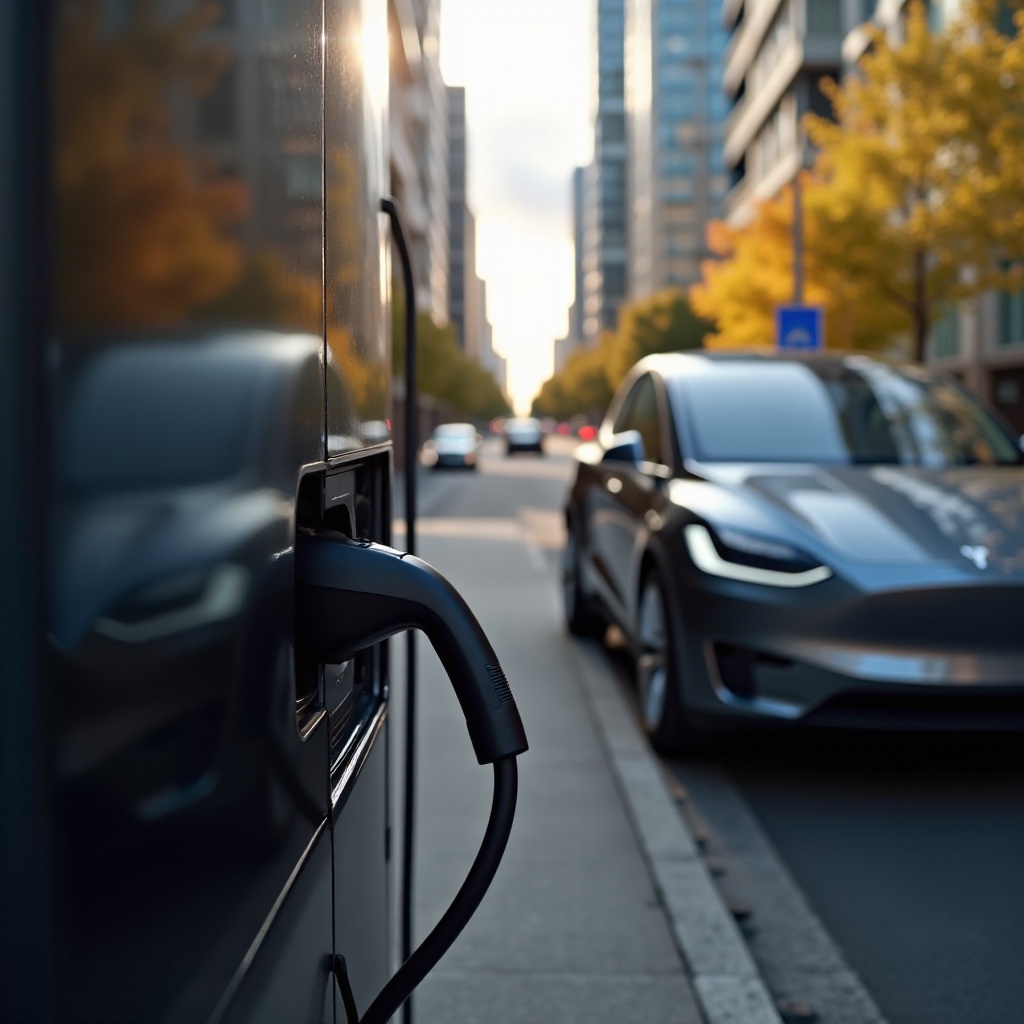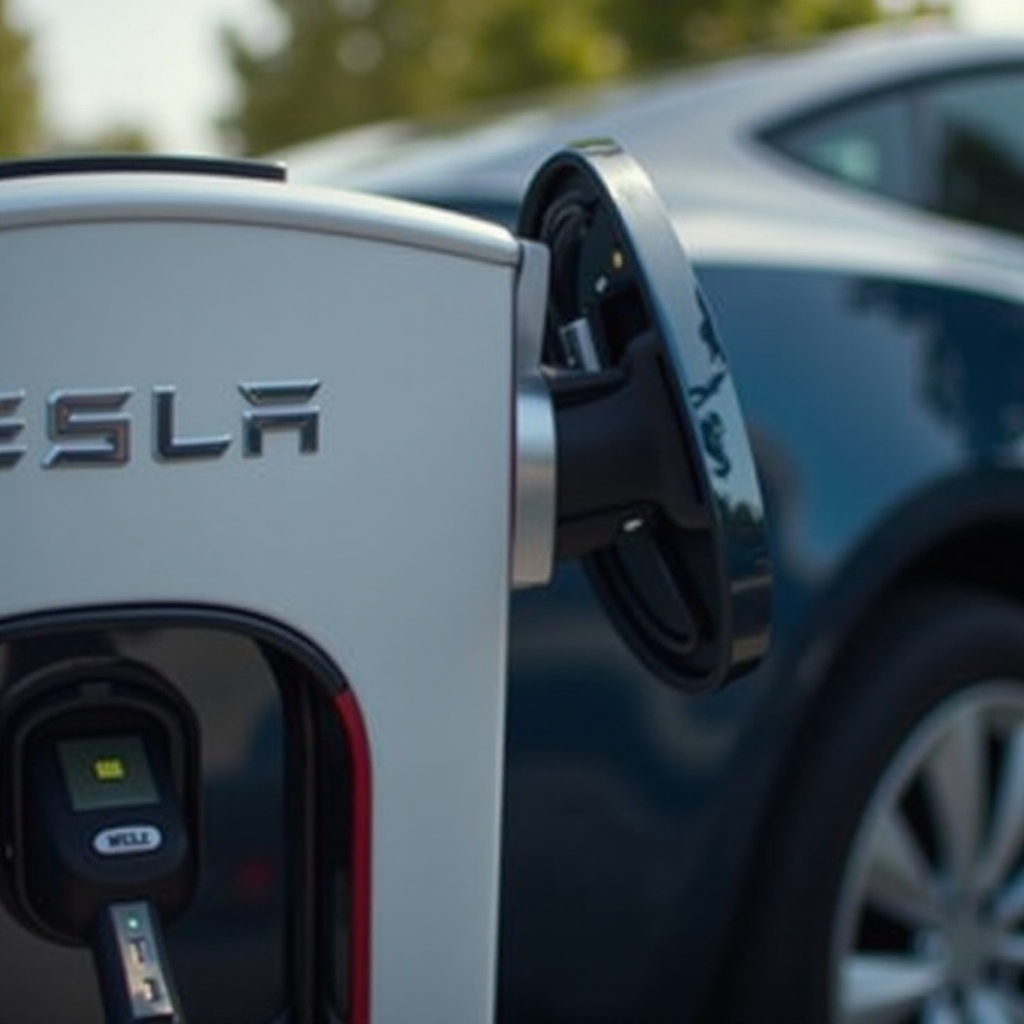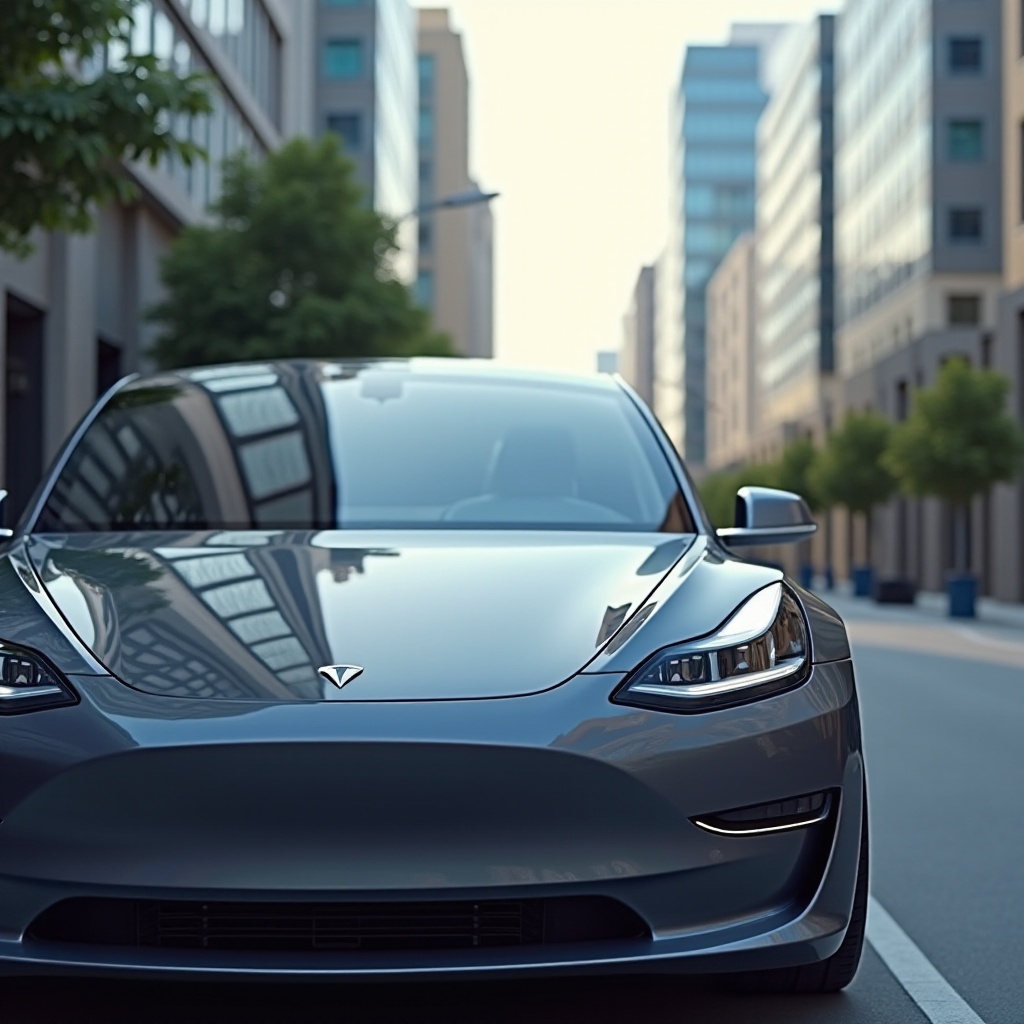Introduction
Determining the amperage required for a Tesla charger is essential for both new and experienced electric vehicle (EV) owners. It ensures efficient and safe charging, ultimately helping the longevity of your vehicle’s battery. Various factors play roles in deciding the proper amperage, including the type of charger, your Tesla model, and installation guidelines. Understanding these factors will not only optimize your charging experience but also enhance the performance and safety of your vehicle.

Understanding Electric Vehicle Charging Basics
Electric vehicle charging is more than just plugging into an outlet; it’s about providing the right amount of power safely and efficiently. The amount of power is measured in amps, determining how quickly your vehicle can charge. More amps mean faster charging, but it also requires a higher-capacity electrical system to handle the load.
EV charging systems are categorized into levels:
1. Level 1: Uses a standard household outlet (120 volts) and typically provides around 12 amps. This method is the slowest, often adding about 3-5 miles of range per hour.
2. Level 2: Utilizes a 240-volt outlet, like those used by home appliances, offering 20-80 amps. This significantly boosts charging speeds, adding about 15-45 miles of range per hour.
3. Level 3 (DC Fast Charging): Available in public charging networks and delivers 50-300+ amps directly to the battery. This can add almost 80% battery in about 30 minutes.
Understanding these basics sets the stage for delving deeper into Tesla chargers and their specifications.

Tesla Chargers: Types and Specifications
Tesla offers different types of chargers, each with specific amperage and power requirements.
Tesla Wall Connector Specifications
The Tesla Wall Connector is a versatile, high-power home charging solution. It can be hardwired into your home electrical system and is capable of providing 11.5 kW of power, equivalent to 48 amps. It is the fastest home charging option Tesla offers, able to add up to 44 miles of range per hour, depending on the vehicle model.
Mobile Connector Specifications
The Mobile Connector is a more portable solution, designed for flexibility. It comes equipped with adapters for various outlets, defaulting to a standard 120-volt outlet at 12 amps, but it can also connect to a 240-volt outlet, providing up to 32 amps for quicker charging. This makes it more versatile but not as fast as the Wall Connector.
Adapter Options and Their Amperage
Tesla provides several adapters to fit different electrical setups, allowing you to tailor your charging needs:
– NEMA 5-15: Standard household outlet, up to 12 amps.
– NEMA 14-50: Common for RVs, delivers up to 32 amps.
– NEMA 6-50: Welding plug adapter, offering up to 40 amps.
With this understanding of charger types and their specifications, let’s explore how amperage requirements vary across Tesla models.
Amperage Requirements for Different Tesla Models
Different Tesla models have varying battery capacities and charging capabilities, making the choice of amperage significant.
Model S
The Model S, a luxury sedan, is compatible with various charging options. For optimal home charging with a Wall Connector, it uses up to 48 amps, providing around 44 miles of range per hour. When using the Mobile Connector with a 240-volt outlet, it generally pulls about 32 amps, adding roughly 30 miles of range per hour.
Model 3
The Model 3, an affordable yet powerful option, has different charging needs. Using a Tesla Wall Connector, it can draw up to 48 amps, adding up to 44 miles of range per hour. When charging with the Mobile Connector at 32 amps, it’s capable of gaining up to 30 miles of range per hour.
Model X
The Model X, Tesla’s luxury SUV, also benefits from high amperage charging. With a Wall Connector, it can make use of 48 amps, equating to 44 miles of range per hour. The Mobile Connector, on a 32-amp circuit, adds approximately 30 miles per hour, sufficient for most daily driving needs.
Model Y
The compact crossover Model Y also has robust charging capabilities. Utilizing the Wall Connector, it charges swiftly at 48 amps, translating to 44 miles per hour. The Mobile Connector at 32 amps delivers around 30 miles of range per hour, ideal for overnight charging sessions.
Understanding your vehicle’s specific amperage needs will ensure you choose the right charger and installation for uninterrupted, efficient performance.
Choosing the Right Amperage for Your Tesla
Choosing the right amperage depends on several factors that match your daily driving habits and electrical system capabilities.
Factors to Consider
- Driving Habits: Frequent long trips necessitate higher amps for quicker charges, while local, short commutes could do with lower amperage.
- Electrical System Capacity: Ensure your home’s electrical system can handle the amperage required. This might entail an upgrade.
- Future-Proofing: If considering an upgrade to a newer model or new addition to the household (another EV), opting for higher amperage now can save costs later.
Professional Installation Tips
Engaging a certified electrician is crucial for:
– Assessing your home’s electrical capacity.
– Ensuring the compatibility of your outlet with your chosen charger.
– Safe and compliant installation practices, adhering to local building codes and regulations.

Safety and Installation Guidelines
Safety is paramount when installing EV chargers. Here are critical guidelines:
- Professional Electrical Assessment: Engage a certified electrician to ensure your house can handle the amperage.
- Proper Installation: Rely on professionals to prevent faulty wiring that could lead to overheating or electrical fires.
- Regular Maintenance: Check connectors and outlets regularly for wear, ensuring consistent safe operations.
Conclusion
Understanding the amperage requirements of your Tesla charger is crucial for smooth, efficient, and safe vehicle operation. Evaluate the type of charger, your specific Tesla model, and consider professional installation to maximize performance and safety. Following these guidelines ensures a satisfactory charging experience.
Frequently Asked Questions
What is the average charging time for a Tesla?
Charging times vary based on the model and charger. With a Tesla Wall Connector, most models charge at up to 44 miles of range per hour. Conversely, a Mobile Connector on a 240-volt outlet provides around 30 miles per hour.
Can I use a standard outlet to charge my Tesla?
Yes, you can use a standard 120-volt outlet with the Mobile Connector. However, this method charges very slowly, typically adding just 3-5 miles of range per hour.
Do Tesla chargers need a special installation?
While you can use a standard outlet, for optimal charging speeds, Tesla recommends using a Wall Connector. This generally requires installation by a certified electrician to ensure the setup meets your home’s electrical capacity and adheres to safety codes.


